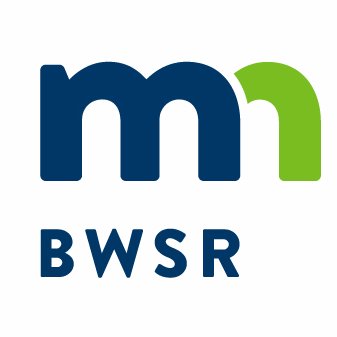Contact: Celi Haga
651-315-5082
St. Paul, Minn. —The Minnesota Board of Water and Soil Resources (BWSR) released an additional common alternative practice today that expands options for water quality solutions that provide comparable benefits to a buffer strip. The updated Common Alternative Practices guidance now includes practices for public ditches located in Glacial Lake Plain areas.
“These very flat lake plain areas of the state have their own set of challenges. BWSR, landowners and local conservation partners have come together to identify an alternative practice in these unique areas,” BWSR Executive Director John Jaschke said. “The buffer law’s flexibility provides options for landowners to accomplish water quality improvement practices that meet the purpose of the law on landscapes where buffers aren’t the best fit.”
Introduced in April 2017, The Common Alternative Practices guidance offers options for landowners and Soil and Water Conservation Districts (SWCDs) to consider, including:
1. Minnesota Agricultural Water Quality Certification Program
2. USDA Practice Standard Filter Strip
3. Grassed Waterway on Public Waters
4a. Negative Slope on Public Ditches
4b. Glacial Lake Plain Areas Public Ditches
5. Negative Slope on Public Waters
6. Buffer plus Conservation Tillage
Under Minnesota’s buffer law, landowners can use alternative practices with comparable water quality benefits to buffers. SWCDs have the authority to validate these practices and are working with landowners to find the best solutions for their land. BWSR’s role is to provide program guidance and support and ensure local government consistency. Alternative practices are not limited to the options in the Common Alternative Practices guidance. Other combinations of practices, based in the Natural Resources Conservation Service Field Office Technical Guide, can be developed in partnership with SWCDs. In addition, the BWSR Board may consider additional alternative practices to provide more options for SWCDs and landowners to develop solutions to fit their land and their needs in the coming months. With less than six months to go until the November 2017 public waters deadline, 64 of Minnesota’s 87 counties are 60-100% in compliance with the buffer law.
For more information
More information on the buffer program, including more detailed information on alternative practices and the variety of technical and financial assistance available to help landowners with implementation, can be found at BWSR’s website: www.bwsr.state.mn.us/buffers.

